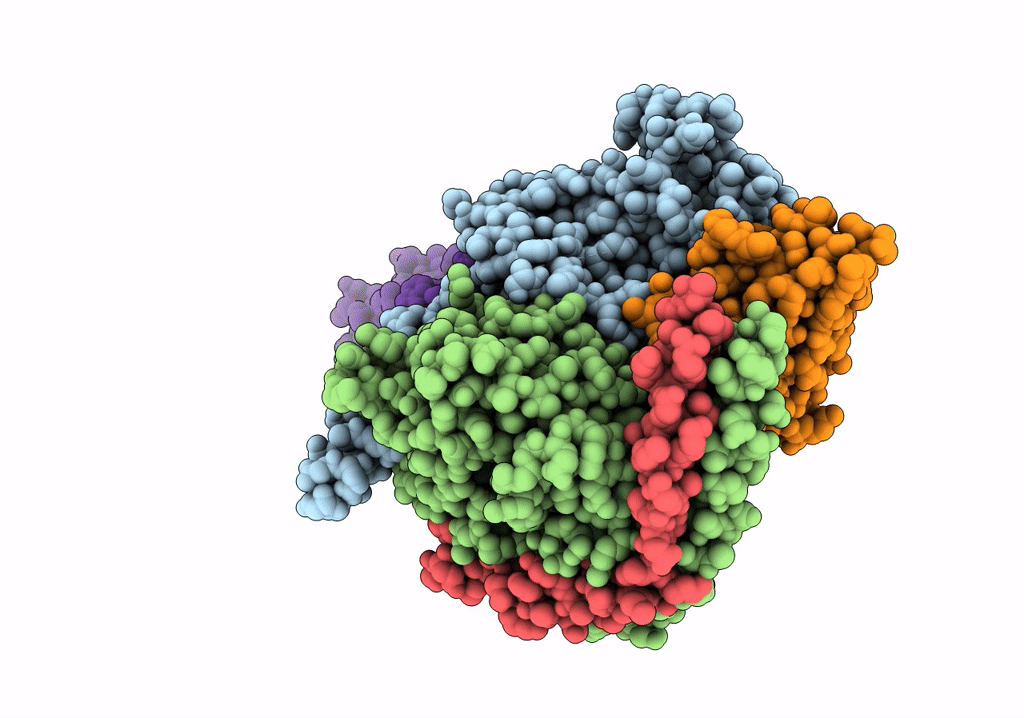
Deposition Date
2019-05-01
Release Date
2020-01-08
Last Version Date
2024-10-16
Entry Detail
PDB ID:
6ORV
Keywords:
Title:
Non-peptide agonist (TT-OAD2) bound to the Glucagon-Like peptide-1 (GLP-1) Receptor
Biological Source:
Source Organism:
Homo sapiens (Taxon ID: 9606)
Host Organism:
Method Details:
Experimental Method:
Resolution:
3.00 Å
Aggregation State:
PARTICLE
Reconstruction Method:
SINGLE PARTICLE


